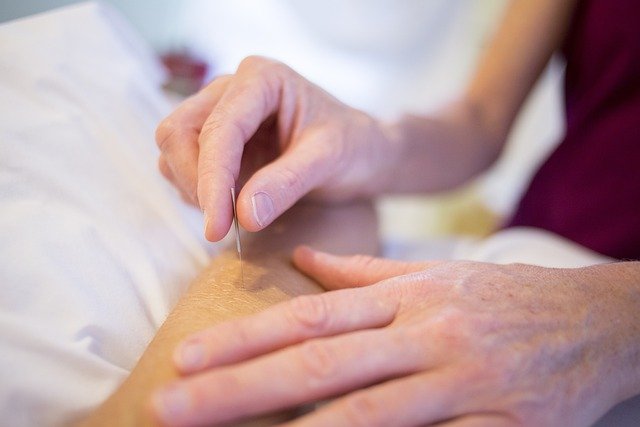Expected Timelines for Scar Appearance and Recovery
Scars follow a predictable but variable course: they can become visible within days but continue to change for months or years as the skin remodels. Understanding typical timelines helps set realistic expectations for healing, interventions like laser or microneedling, and sensible aftercare to manage pigmentation, raised tissue, or delayed regeneration.

Scars appear as the skin repairs itself after injury, surgery, or inflammation. Early changes—redness, tenderness, and raised texture—often show within days to weeks, while color and shape continue to evolve for many months. Recovery timelines depend on wound depth, location, individual collagen response, and interventions used for resurfacing or scar modulation. Recognizing the phases of inflammation, proliferation, and remodeling clarifies when to expect visible change and when to consider dermatology consultation for persistent pigmentation, hypertrophic scarring, or suspected keloid formation.
This article is for informational purposes only and should not be considered medical advice. Please consult a qualified healthcare professional for personalized guidance and treatment.
How scars form and the role of collagen
Scar formation begins when the skin’s normal structure is disrupted and the body initiates repair. Fibroblasts create collagen to close the wound, but scar collagen is initially disorganized and denser than original skin. Over weeks to months, collagen undergoes remodeling: fibers align, excess is resorbed, and the skin’s texture and flexibility can improve. Factors such as age, nutrition, genetics, and underlying dermatology conditions influence collagen production and regeneration. Proper wound care and avoidance of tension on healing skin reduce the risk of excessive scarring and poor cosmetic outcomes.
When do scars and pigmentation first appear?
Visible scarring can be noticed within several days as the wound closes and inflammation peaks, but pigmentation changes often lag. Hyperpigmentation or hypopigmentation may emerge during the proliferative phase and can become more apparent over weeks. Keloid or hypertrophic scarring typically develops within weeks to months after injury: hypertrophic scars often stabilize and may flatten over time, while keloids can keep growing beyond the wound margins. Monitoring changes in color, size, and symptoms helps determine whether conservative care or specialist referral is needed.
Short-term healing: weeks after injury
The first few weeks of healing focus on wound closure and early tissue formation. During this period, scars are often red, raised, and tender as blood vessels and new collagen form. Regeneration of the epidermis and initial collagen deposition are active; interventions like silicone sheets or compression can help control height and hydration. Gentle exfoliation should be avoided until the skin surface is fully restored. Expect noticeable softening and some reduction in redness during the first two to three months, though complete maturation is not yet achieved.
Long-term remodeling and resurfacing timelines
Remodeling is the longest phase and can last six months to two years. Collagen reorganizes and scar tissue can gradually flatten and fade in color. Resurfacing techniques influence this phase: laser treatments, including fractional ablative and nonablative options, stimulate controlled remodeling and can accelerate improvement over multiple sessions spread weeks apart. Noninvasive approaches can require several months to show full benefit as they work by promoting gradual regeneration rather than immediate removal of tissue.
Treatment timelines: laser, microneedling, exfoliation
Active treatments vary in pace and expected results. Microneedling encourages collagen production and typically requires a series of sessions spaced four to six weeks apart, with progressive improvement over three to six months. Laser resurfacing can produce quicker visible changes but may entail downtime and staged treatments, depending on aggressiveness. Chemical exfoliation and topical therapies target pigmentation and surface texture; these are gentler but need consistent use for months. Discuss realistic timelines with a dermatology provider to match treatment choice to scar type—flat, atrophic, hypertrophic, or keloid—and skin tone.
Aftercare, monitoring keloid and hypertrophic risk
Aftercare affects both short- and long-term outcomes. Protecting healing skin from tension, sun exposure, and infection reduces pigmentation and abnormal collagen responses. Use sun protection to limit post-inflammatory pigmentation. For those prone to raised scars, early measures such as silicone, pressure therapy, or referral for corticosteroid injections can be helpful. Watch for signs of keloid growth—expansion beyond the original wound—or persistent hypertrophy after three to six months; these warrant specialist assessment. Regular follow-up helps tailor interventions as regeneration progresses.
In summary, scar appearance and recovery follow phased timelines: immediate closure and inflammation in days to weeks, active collagen formation over weeks to months, and long-term remodeling that can continue for a year or more. Treatment choices like laser or microneedling and consistent aftercare influence both the speed and extent of visible improvement. Individual factors—skin type, wound characteristics, and a history of keloid or hypertrophic scarring—help determine realistic expectations and the need for dermatology input.






